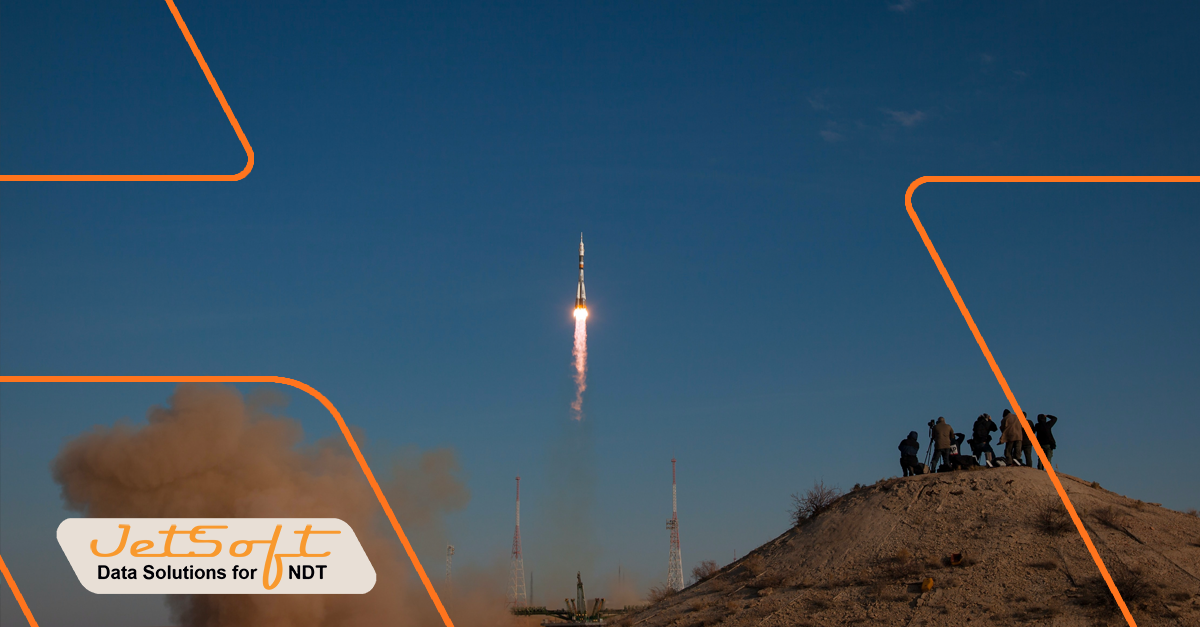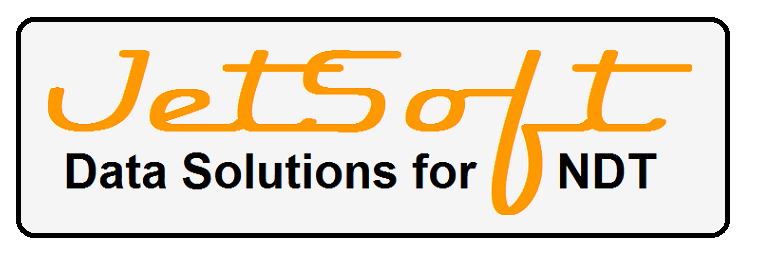Hypersonic is defined as Mach 5, (5 x the speed of sound). Venus Aerospace recently announced they have raised $33Million in funding to build stargazer, a hypersonic aircraft.
As with many technologies advances can be initiated through military applications, and hypersonic is likely to be no different; Hypersonic missiles have been identified as the US defence's next largest goal and the hypersonic race is on. In this blog, we are going to be deep-diving into this emerging technology, (specifically hypersonic missiles) the competition in the market and the steep curve that needs to be achieved in testing procedures.
Hypersonic History
You may be wondering how hypersonic missiles work and the unique threat they pose. A vehicle being described as hypersonic means it flies faster than the speed of sound. For reference, passenger jets typically travel at slightly under 600 mph, whilst hypersonic systems operate at speeds of around 3,500 mph, which is around 1 mile per second.
Hypersonic systems are not a new invention and have in fact been used for decades. When the first US crewed flight around the earth re-entered the atmosphere, it was moving at hypersonic speed. All intercontinental ballistic missiles within the world’s nuclear arsenal move at hypersonic speed, reaching around 15,000 mph or 4 miles per second at their maximum velocity.
The Main Three
There are three types of hypersonic weapons in development for use in defence:
| Hypersonic Aero-Ballistic An aero-ballistic missile is first dropped from an aircraft before then accelerating to hypersonic speed using an attached rocket before following a ballistic (or unpowered) trajectory. Hypersonic Boost-Glide A hypersonic boost-glide weapon is boosted on a rocket to a high altitude before gliding towards its target. The weapon manoeuvres along the way. Hypersonic Cruise Similar to the boost-glide, a hypersonic cruise weapon is boosted by a rocket to hypersonic speed before using an air-breathing engine to sustain the speed. Hypersonic cruise missiles require a smaller launch than the boost-glide weapons due to them ingesting air into the engines. |
Huge Market Potential
Annual unclassified defence spending requests for hypersonic technology in the US already equates to more than $2.6 billion. This includes $157.4 million for hypersonic defence programs in 2020. This huge annual spend is expected to grow even further to $5 billion by 2025.
But the question is, who will be crowned the winners of the hypersonic race? Understanding your key points of competitive differentiation will be vital. So, the question that needs to be asked is, are you properly funding internal R&D that will allow you to lead the market?
The Testing Gap
In the midst of the development of these hypersonic weapons is the challenge of ensuring that advanced defence system components are produced reliably. The key areas needing to be implemented for the hypersonic challenge are rapid post-build non-destructive inspection and defect detection for flight-qualified hypersonic metallic structural applications.


